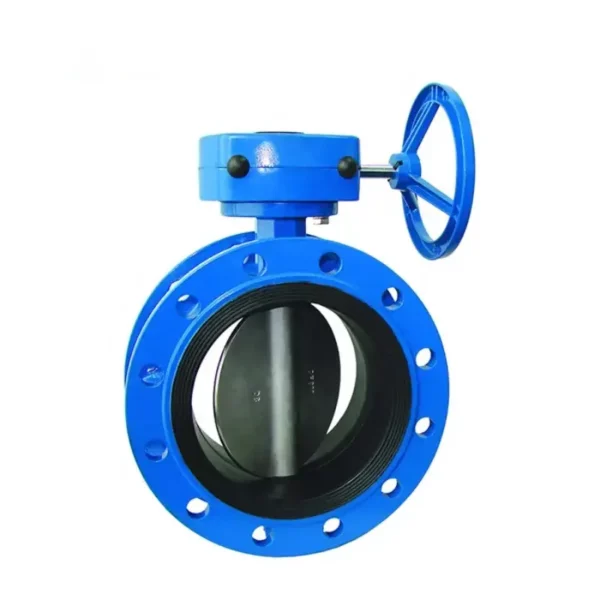Repairing or replacing components of a double-flanged butterfly valve may be necessary to restore its functionality and ensure reliable operation.
Here are general steps to repair or replace components:
- Assessment: Conduct a thorough assessment of the valve to identify the specific components that need repair or replacement. Inspect the valve body, disc, stem, seat, and sealing surfaces for any damage, wear, or corrosion.
- Isolation: Before beginning any repair or replacement work, isolate the valve from the rest of the piping system to prevent accidental operation or fluid leakage. Ensure that the valve is fully closed and that any upstream or downstream equipment is properly secured or bypassed.
- Disassembly: Carefully disassemble the valve to access the components requiring repair or replacement. Follow the manufacturer’s instructions or consult technical documentation for guidance on disassembly procedures specific to the valve model.
- Component Inspection: Inspect the components to be repaired or replaced for signs of damage, wear, or degradation. Check for cracks, deformations, erosion, corrosion, or excessive wear that may affect the valve’s performance.
- Repair: Depending on the extent of damage or wear, repair the components using appropriate methods and materials. This may involve welding, machining, grinding, or surface treatment to restore the components to their original specifications.
- Replacement: If components are beyond repair or cannot be restored to acceptable condition, double flange butterfly valve replace them with new components. Ensure that replacement components are compatible with the valve model, size, and operating conditions.
- Seal Replacement: If the valve’s seals, gaskets, or O-rings are damaged or worn, replace them with new seals to ensure proper sealing and prevent leakage. Choose seals that are compatible with the fluid, temperature, and pressure requirements of the application.
- Reassembly: Once repairs or replacements are completed, reassemble the valve components according to the manufacturer’s instructions. Ensure that all components are properly aligned, seated, and tightened to the specified torque values.
- Testing: Test the repaired or replaced components to verify their functionality and integrity. Perform a pressure test to ensure that the valve can withstand the intended operating pressure without leakage or failure.
- Installation: Reinstall the valve in the piping system, ensuring proper alignment and connection to flanges or other components. Follow proper installation procedures and torque specifications to prevent misalignment, distortion, or damage during installation.
- Commissioning: After installation, commission the valve by testing its operation under normal operating conditions. Monitor the valve for any signs of leakage, abnormal operation, or performance issues and address any concerns promptly.
- Maintenance: Implement a regular maintenance program to inspect and maintain the valve components periodically. Monitor the condition of the repaired or replaced components to ensure continued reliability and performance of the valve.
By following these steps and guidelines, you can effectively repair or replace components of a double-flanged butterfly valve, restoring its functionality and extending its service life in the piping system.

How do you repair or replace components of a double flange butterfly valve?
